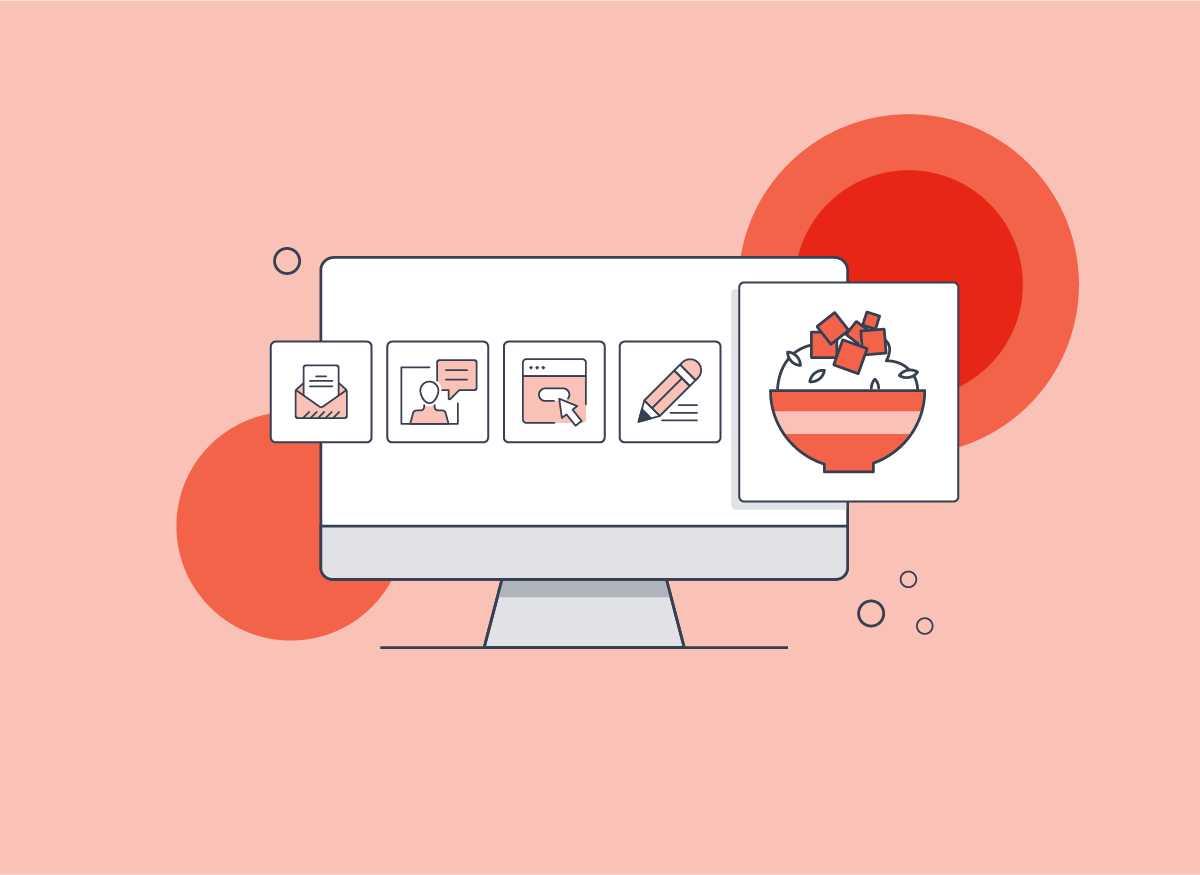
The return-to-office wave has highlighted a new workplace truth: employees expect more than a desk and Wi-Fi, they want meaningful experiences and real connections (not just to the internet).
Corporate provided meals aren’t a new employee perk, but they have received a lot of attention lately, and rightfully so. As companies welcome employees back to the office, food is emerging as one of the most enticing motivators.
But corporate dining services aren’t just about feeding staff, they’re about fueling culture, collaboration, and retention. Whether you’re considering a cafeteria redesign, a local restaurant rotation Popup, or subsidized daily delivery, this guide covers everything you need to know about corporate dining services.

Corporate dining services refer to the process of ordering and serving food for your employees. It might be breakfast at an early meeting, lunch every day, meals for big meetings, or something as simple as having snacks around the office. It’s a popular employee perk that motivates them to come in earlier and stay longer.
Corporate dining solutions can look very different from one employer to the next, even if they provide similar options. For example:
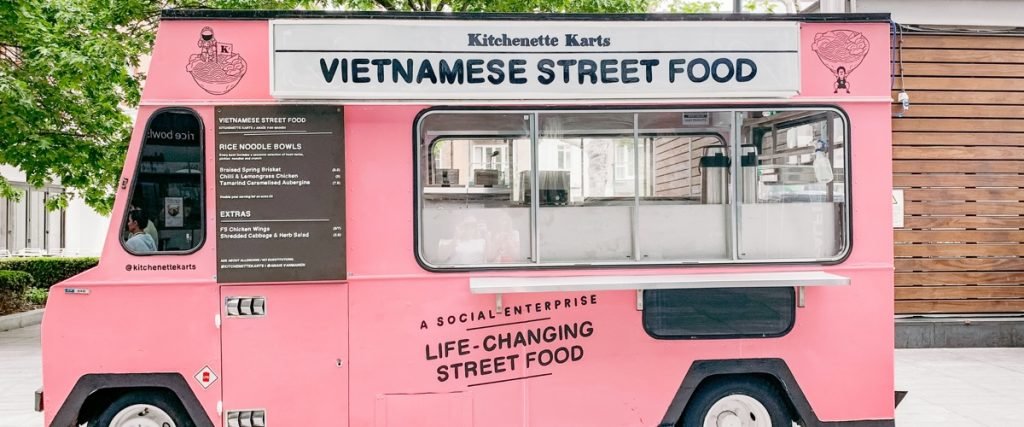
These are all different types of corporate dining and there are many more options. We’ll look at those next. The point is that you, as an employer, are providing food for your employees.
While there’s no way to list every possible type of business dining, here are some common examples you might see:
Employers can provide one of these or a combination of several. It could change from day to day, but know there are plenty of options for providing food to your employees.
Now, let’s take a look at why employers provide these options.
It’s not always easy to offer a prospective employee a higher salary or more benefits. But if you provide on-site food, you can set yourself apart from competitors when it comes to hiring.
But will something as simple as companies providing food really attract and keep top talent?

Robert Half, one of the largest staffing firms in the United States, lists free food (and good coffee) as one of the top five employee perks and benefits for fast recruitment and strong retention. On top of that, one study found that 28% of people want healthy snacks provided in their workplace.
But how many companies are truly offering these kinds of food perks?
Certainly not enough. It doesn’t seem like a big deal and free or discounted food doesn’t often show up in the top three or five benefits that employees absolutely require.
But when only 32% of companies are offering food benefits, it can be a powerful tool for boosting employee happiness and engagement…espically for millennials.
If you’re serious about recruiting the highest quality talent, you can go even further. Some corporate dining services let you work with local restaurants that serve food made from fresh ingredients.
Millennials make up a substantial part of the work force and they value ethical, sustainable practices and appreciate knowing that their employers care about their health. Show them that your company is making the world a better place for them by thinking carefully about your corporate dining menus.
Don’t believe us? Then take a look at this Population Health Management study that found, “Employees with an unhealthy diet were 66% more likely to experience a loss in productivity than those who regularly ate whole grains, fruits and vegetables.
That alone should be a compelling reason to offer healthy foods to your employees. But there are others.
For example, providing lunch at your office means employees aren’t leaving to grab something to eat. Instead, they’re sitting down with coworkers, where they can interact informally, which often sparks new and innovative ideas. It’s like the “serendipity” effect of open-plan offices without the social stress and lack of privacy.

This kind of interaction also promotes a positive work culture, and that type of supportive culture can have big benefits for your bottom line. Less absenteeism, more engagement, and more loyalty all come with a positive corporate culture (and, of course, a caffeine boost in the morning helps, too.)
Offering food at the office isn’t just a great employee benefit, it also helps your employees perform at their best and that results in greater returns for the business.
There’s no one-size-fits-all model for feeding your team. If you want a full cafeteria, a flexible delivery option, or something in between, there’s a dining solution that can work for your company
Here are seven of the most common corporate dining models:
In-house cafeterias are one of the most expensive options, but they allow for full control over the dining experience. Your company will maintain, stock, and run its own kitchen. You’ll hire professional chefs, servers, and make sure you have all the equipment necessary for running a cafeteria.
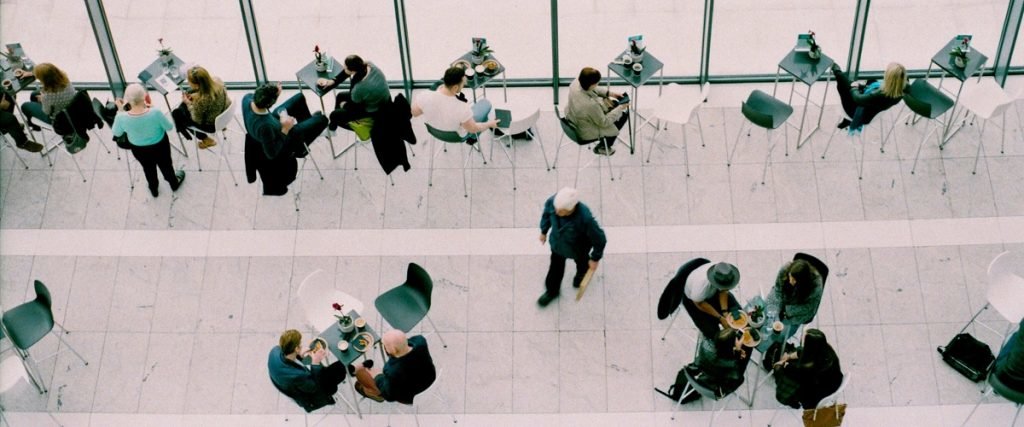
This type of cafeteria is often used when employers want to pay for employees’ food and not pass on any of the cost. You’ll usually find them only at very large companies because of the high barrier to entry. You’ll also find that office cafeteria participation has been dwindling, making these ventures difficult to maintain over time.
Instead of managing your own in-house cafeteria, you can outsource it to a food service management company. You’ll most likely sign a large contract with one of these companies, and they’ll handle the operations while you provide the space for them to prepare and serve food.
One of the big problems with this model is that it’s price-driven. These providers want to buy low-quality ingredients, train employees to make standardized meals, and keep costs down.
But the future of cafeterias is starting to look much different, especially as employees place emphasis on having a variety of options for their meals.
The days of food-as-fast-as-possible are over. Employees want fresh, local options that provide them with multiple options. A corporate food hall brings in multiple local restaurants under one roof, offering employees a variety of high-quality options.
We’ve helped companies find the cafeteria solutions that are right for them, and they’ve absolutely loved it.
Popup restaurants are a smaller, rotating version of the corporate food hall concept where local restaurants will send two staff members from their business to set up temporary service stations in your office or building.
You can choose how to handle payment:
This setup keeps things flexible and exciting without the long-term commitment of a cafeteria.

Daily lunch catering offers a simple way to provide variety and convenience without managing a cafeteria. Multiple local restaurants and caterers deliver fresh meals to your office on a set schedule.
It’s cost-effective, easy to scale in both directions, and gives employees something to look forward to every day. On top of that, it helps support local restaurants in your community.
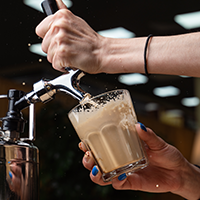
Most offices have coffee available for employees. But if you’re ready to step it up to the next level, you can order the snacks your team wants and provide the newest types of coffee and beverage machines.
There are pantry services available that provide packaged food and drink, boxed snacks, micro-markets, or even all types of vending machines like Farmer’s Fridge to keep your office fueled all day (and night).
Not every company wants a daily meal program but most still need great food for meetings, celebrations, or special events. Corporate event catering offers flexibility for those one-off occasions.
You can partner with local restaurants to keep costs down while still impressing your team or guests. Whether it’s a weekly all-hands lunch or a Friday morale boost, event catering makes any workday feel special.
Traditional corporate dining programs, like in-house cafeterias or long-term catering contracts, once represented the gold standard for employee meals. But as workplace culture and employee expectations evolve, these models are trending in the wrong direction.
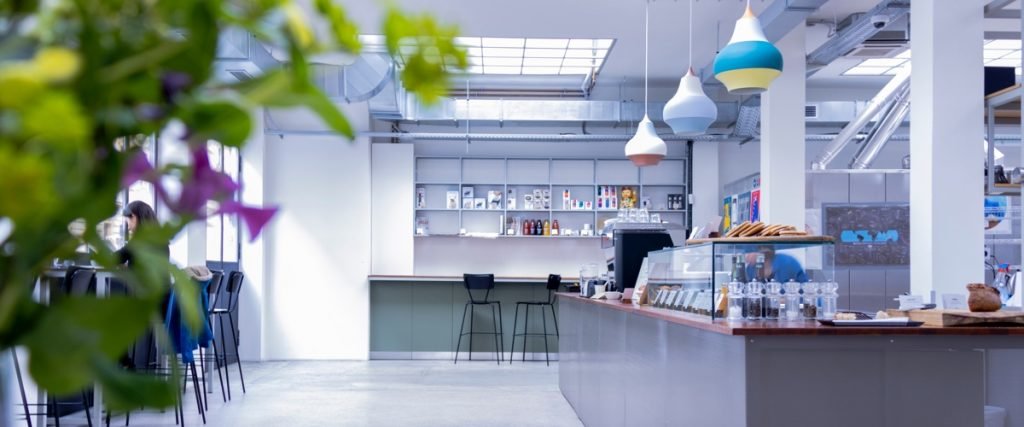
Today’s workforce wants flexibility, variety, and quality, not just convenience and traditional cafeteria models often come with major drawbacks:
Modern employees are looking for something different. They want fresh, local options and a mix of cuisines that reflect their tastes and values. That’s where newer models like Popup restaurants, local restaurant rotations, and daily lunch catering comes in.
Traditional corporate dining has always had its strengths: freshly prepared meals, convenience, and the ability to keep employees motivated throughout the day.
But now, with more flexible and innovative options available, companies can capture all those benefits without the overhead of maintaining a full-scale cafeteria.
Modern corporate dining service providers, like Fooda, bridge the gap between affordability, variety, and quality. By partnering with local restaurants, companies can bring in rotating menus, diverse cuisines, and high-quality ingredients, all while supporting small or minority owned businesses and keeping employees excited about what’s on the menu.

What are the major benefits of implementing Fooda?
As one of our partners, Jones Lang LaSalle, put it: “The difference between a traditional cafeteria and having the hottest local restaurants brought to you is night and day. With Fooda’s solution, we’re offering a much more attractive amenity while saving money.”
No matter how you currently provide (or don’t provide) meals for your employees, it’s worth rethinking what’s possible. With Fooda, you can offer a high-quality dining experience that enhances culture, attracts talent, and supports your bottom line.
A. Start by surveying employees about their food preferences and dietary needs. Then consider your budget, office size, and available space. Many organizations choose corporate dining solutions like rotating local restaurants to balance cost, variety, and convenience.
A. Absolutely. You don’t need a large kitchen or thousands of employees. Smaller companies can host rotating Popups, provide lunch delivery, or offer meal discounts through Fooda’s flexible, scalable programs.
A. Fooda allows you to track participation rates, employee feedback, and retention over time. Successful programs show improved morale and a measurable return in employee satisfaction.
A. When it comes to looking at the numbers, it’ll be dependent on the resources your company has. With Fooda, you can design a personalized food program that fits your office needs.